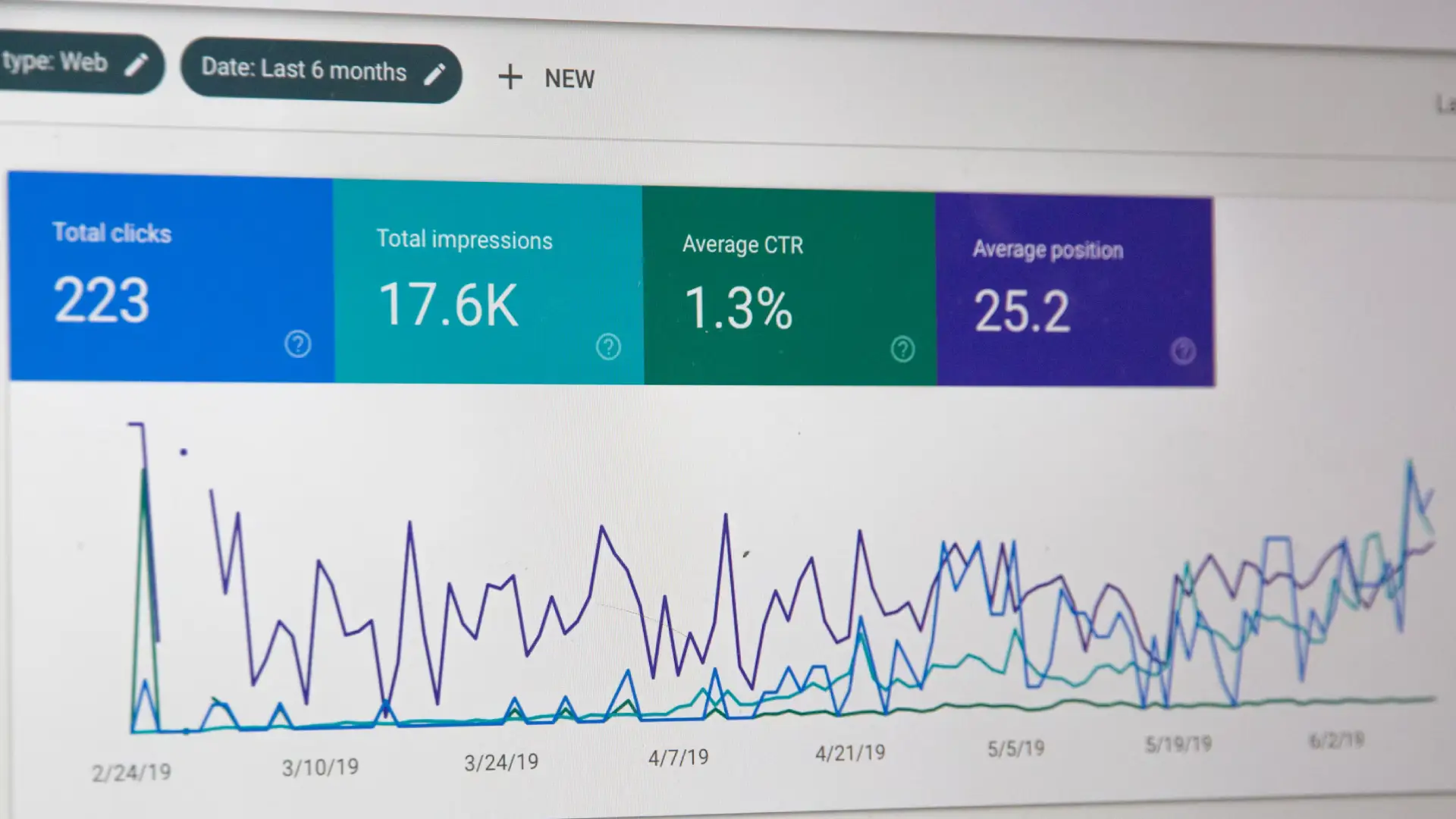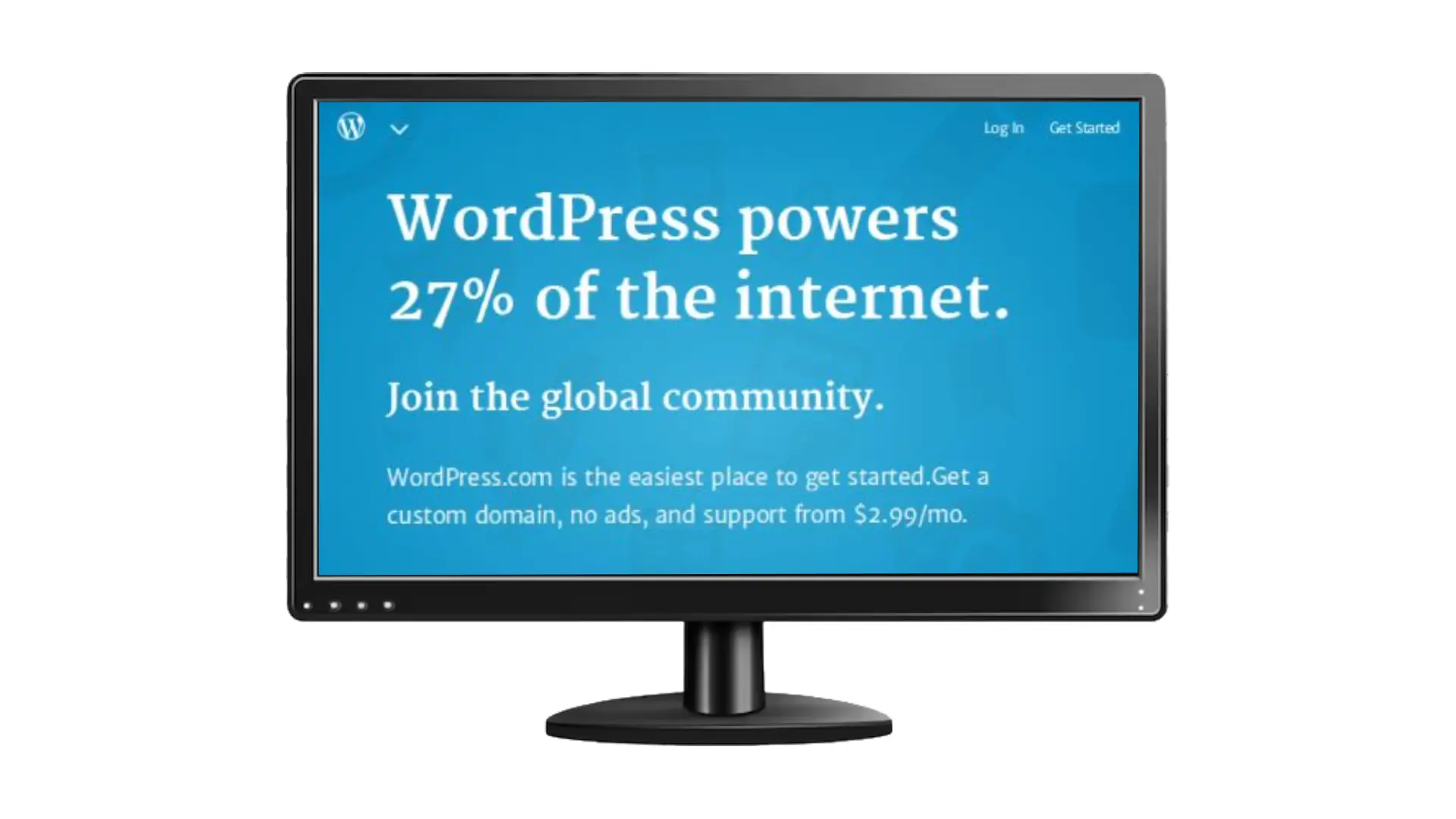In the world of blogging, simply creating quality content isn’t enough. You need to ensure that your target audience can find your blog amid the millions of websites online. This is where Search Engine Optimization (SEO) comes in. SEO is a set of strategies that helps your blog rank higher in search engine results, ultimately driving more traffic to your site and boosting your blog’s visibility.
If you’re new to SEO, don’t worry. This article will break down the process in simple terms, with actionable tips to help you start using SEO effectively. By the end, you’ll have a solid understanding of how to implement SEO techniques to attract more readers to your blog.
1. Start with Keyword Research
Keywords are the foundation of SEO. When someone searches for information online, they type in specific words or phrases (known as keywords) into a search engine like Google. Your goal is to identify the keywords that people are searching for in your niche and include them naturally in your blog content.
Long-Tail Keywords
Long-tail keywords are longer, more specific phrases that are less competitive but can bring highly targeted traffic. For example, instead of targeting the highly competitive keyword “blogging,” you could target “how to start a blog that stands out in 2025.” Long-tail keywords tend to have lower search volumes, but they attract readers who are more likely to be interested in what you have to offer.
Tools for Keyword Research:
- Google Keyword Planner: A free tool that provides keyword ideas and shows how often certain words are searched.
- Ubersuggest: Another free tool that offers keyword ideas, search volume data, and competitive analysis.
- AnswerThePublic: This tool shows you what questions people are asking about a particular topic, helping you find long-tail keywords.
2. Optimize Your Blog Posts for On-Page SEO
Once you’ve selected your keywords, it’s time to incorporate them into your blog posts. This process is called on-page SEO, and it helps search engines understand the content of your blog. Here’s how to optimize your posts:
Include Keywords in Key Areas:
- Title Tags: Include your primary keyword in the title of your blog post. The title should be engaging and clickable but also SEO-friendly. Example: “How to Use SEO to Drive Traffic to Your Blog in 2025.”
- Headings and Subheadings: Use your main keyword in your headings (H1, H2, etc.) to help structure your post. This helps both search engines and readers navigate your content easily.
- Meta Descriptions: Write a compelling meta description (a brief summary of your post) that includes your primary keyword. Keep it under 160 characters and make it enticing to encourage clicks.
- URL: Make sure your blog post’s URL is clean, concise, and includes your main keyword. Example:
www.yourblog.com/seo-to-drive-traffic. - Image Alt Text: Add descriptive alt text to your images that includes your keywords. This not only improves your SEO but also makes your content more accessible.
Internal and External Links
- Internal Links: Link to other relevant posts within your own blog. This helps search engines understand the structure of your site and keeps readers engaged with more of your content.
- External Links: Link to authoritative websites that support or provide more information on your topic. This helps build credibility and shows that your content is well-researched.
3. Create High-Quality, Engaging Content
Even with great keyword optimization, your blog needs to offer valuable content that solves your readers’ problems. Google’s algorithms are designed to prioritize content that is helpful and relevant to users.
Write for Humans, Not Search Engines
While SEO is important, remember that your readers come first. Write naturally, and don’t stuff your blog posts with keywords. Keyword stuffing can hurt your rankings and make your content difficult to read. Aim for a keyword density of around 1-2%.
Create Longer, In-Depth Posts
Longer blog posts (typically 1,500 words or more) tend to rank better in search results because they provide more comprehensive information. However, the length alone isn’t enough. Make sure your content is engaging, well-structured, and easy to read.
Use Multimedia
Images, videos, infographics, and charts can make your content more engaging. Multimedia elements also increase the time visitors spend on your site, which can positively impact your SEO. Be sure to optimize these elements by compressing file sizes and including keywords in the alt text.
4. Improve Your Site’s Technical SEO
Technical SEO refers to optimizing your blog for search engines on the backend. Even though this may sound complicated, a few simple adjustments can make a big difference.
Ensure Mobile-Friendliness
Google uses mobile-first indexing, which means it primarily looks at the mobile version of your site when ranking it. Make sure your blog is responsive, meaning it looks great and functions well on mobile devices.
Improve Page Speed
A slow website can negatively affect your rankings. Compress images, use a fast web host, and minimize the use of large files to improve your site’s loading speed.
Secure Your Site
Make sure your blog uses HTTPS, not HTTP. HTTPS indicates that your site is secure, which is important to both search engines and users. Google gives preference to secure sites in its rankings.
5. Build Backlinks
Backlinks are links from other websites to your blog. They are one of the most important factors for SEO because they signal to search engines that your content is trustworthy and authoritative.
How to Build Backlinks:
- Guest Blogging: Write posts for other reputable blogs in your niche and include a link back to your site.
- Collaborate with Influencers: Collaborate with influencers in your industry to get mentions or links from their sites.
- Create Shareable Content: When you produce valuable, unique content, people are more likely to link back to it. Infographics, how-to guides, and original research are examples of highly shareable content.
6. Monitor and Adjust Your SEO Strategy
SEO is not a one-time task—it’s an ongoing process. Use tools like Google Analytics and Google Search Console to monitor your blog’s traffic and performance. These tools help you understand which keywords are driving traffic, how visitors interact with your site, and where you can make improvements.
As search engine algorithms evolve, keep up with SEO trends and adjust your strategy accordingly. Regularly update old blog posts to keep them relevant and optimized for new keywords.
Conclusion
By mastering SEO, you can dramatically increase your blog’s visibility and attract more readers. Start by researching keywords, optimizing your content, and improving your site’s technical aspects. With time, effort, and consistency, you’ll see an uptick in traffic, and your blog will rank higher in search engine results. Remember, SEO is a marathon, not a sprint—but with the right approach, it can lead to long-term success.
—
This article is copyright © blogwidow.com. Please do not reprint without permission.
Photo by Stephen Phillips – Hostreviews.co.uk on Unsplash





















